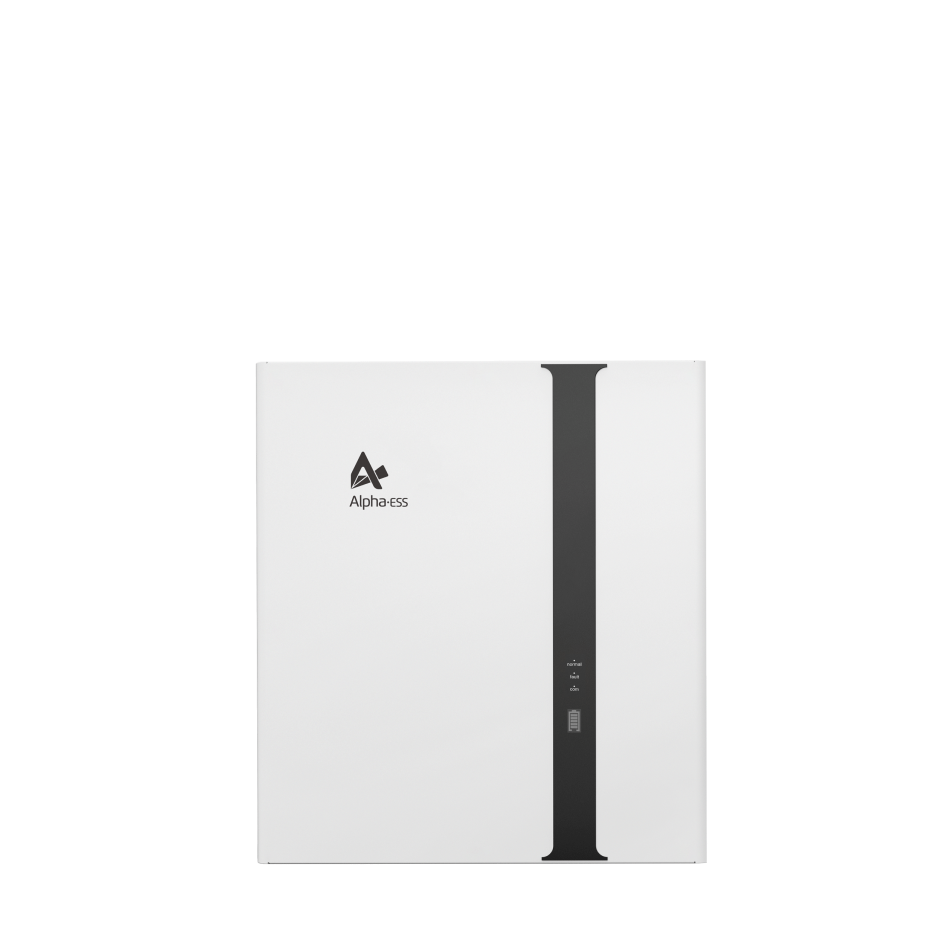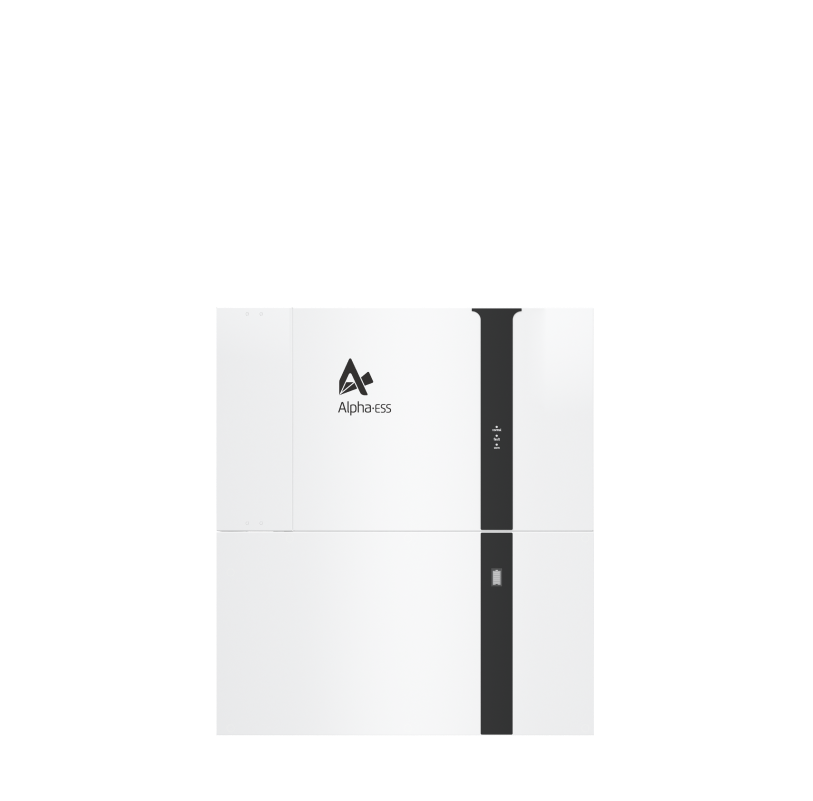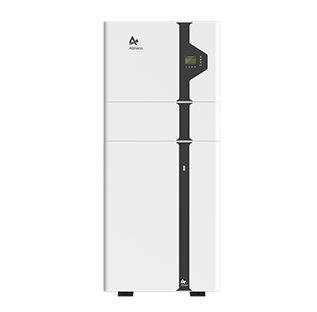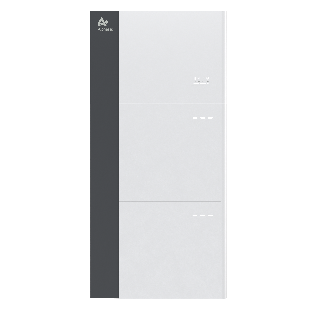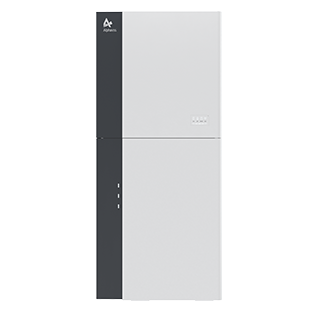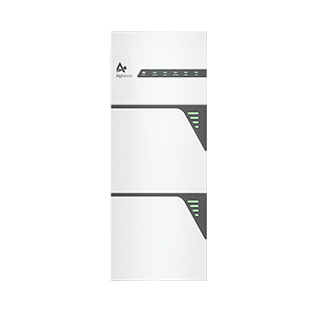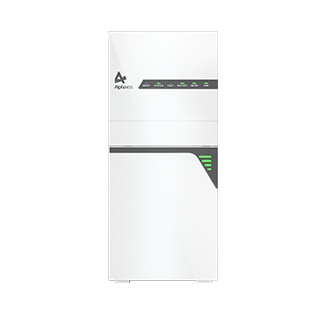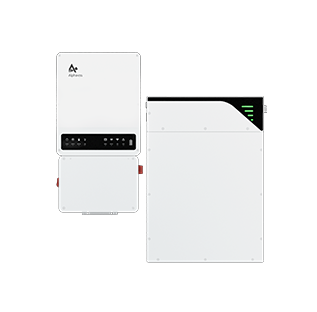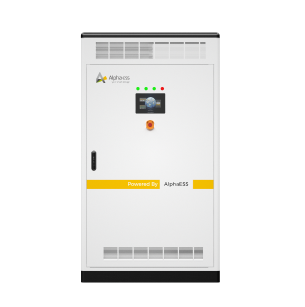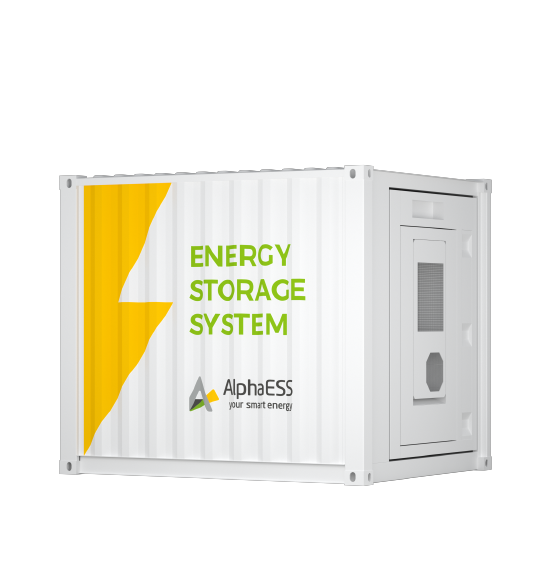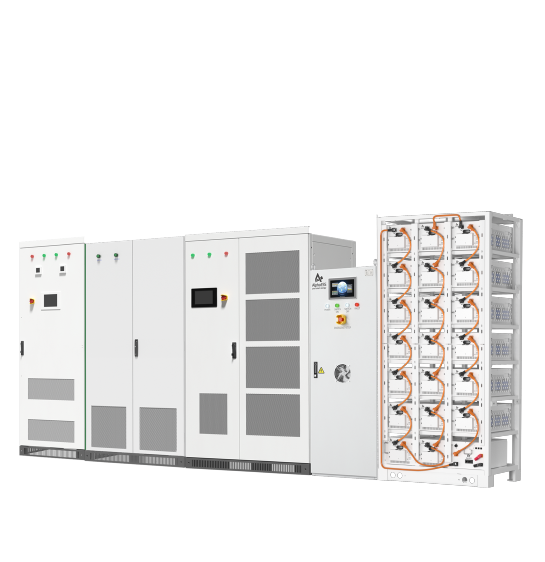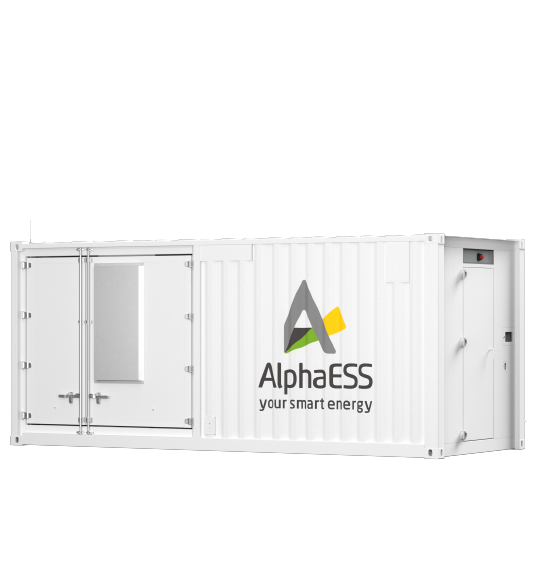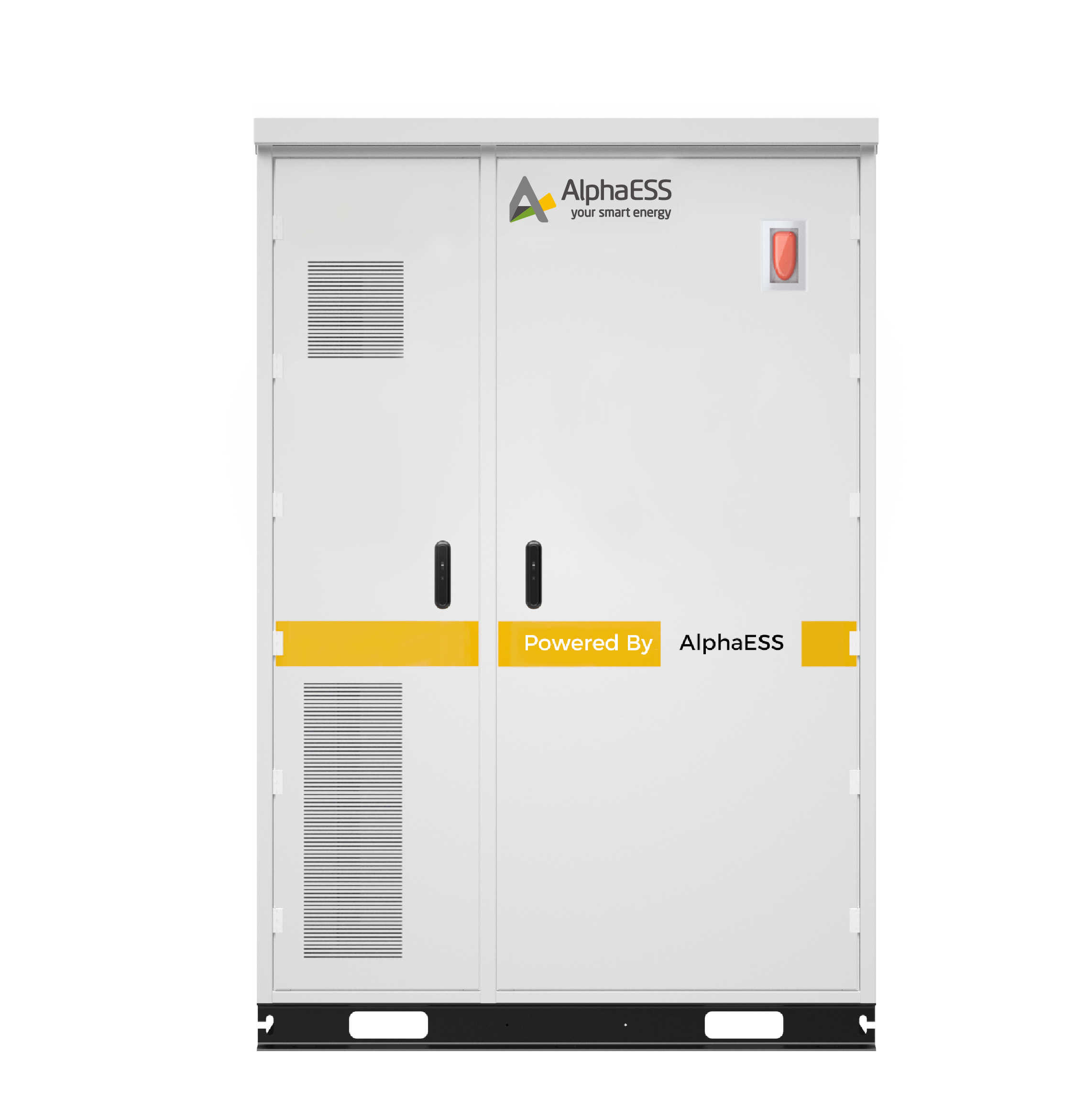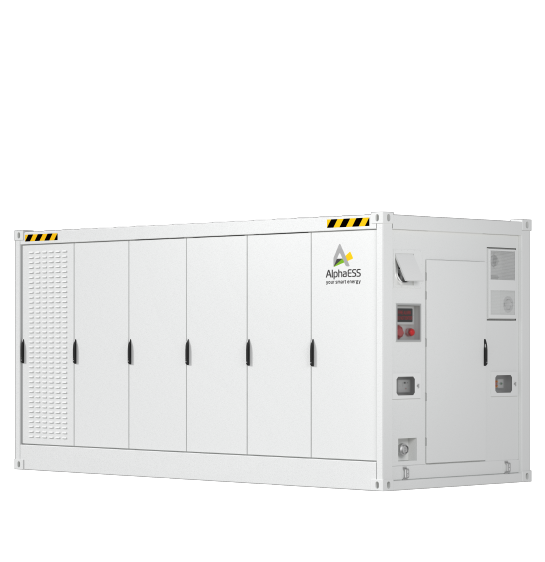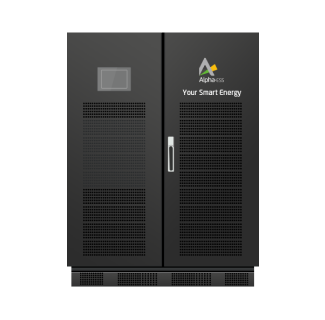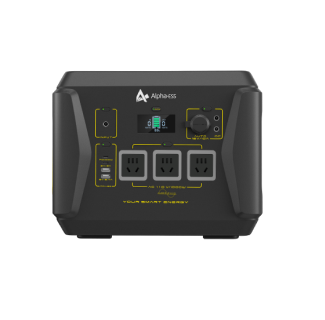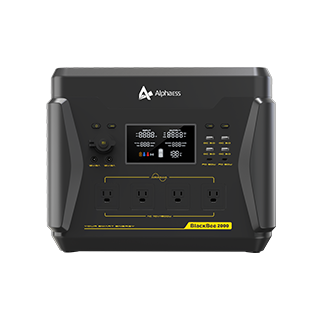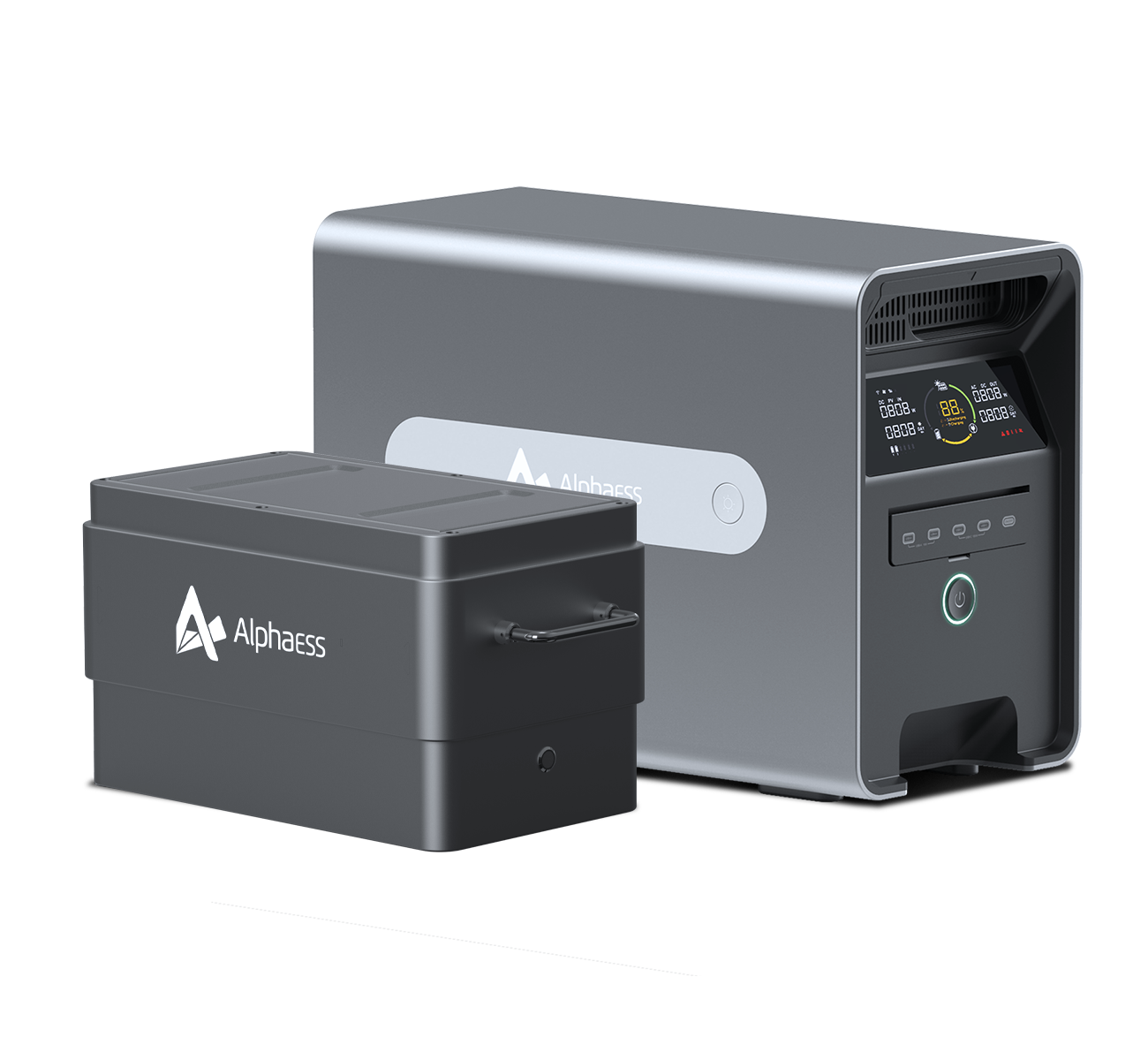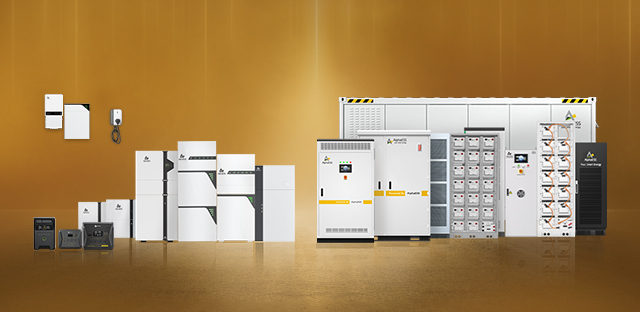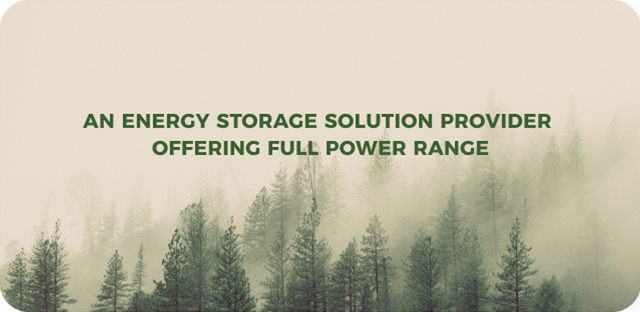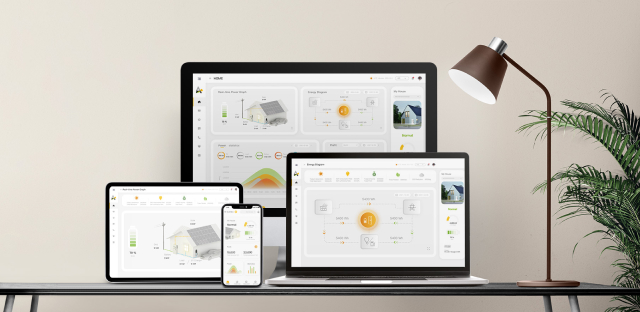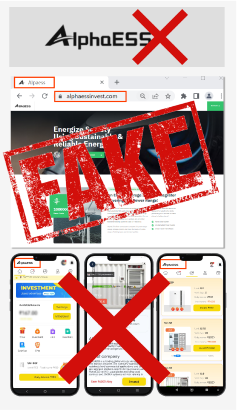Carbon Neutral - How do we get to Carbon Neutrality?
2021-04-27
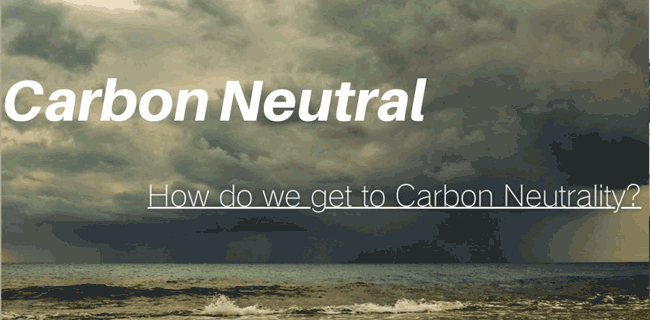
Human activities generate greenhouse gases: generating electricity, transportation, growing food, heating buildings, and making materials like steel and cement. Since we are trying to get to carbon neutral in further 30 to 40 years, we should come up with another way which isn’t too much more expensive to perform those same activities without emitting any greenhouse gases.
(1)Green premium
The green premium is simply defined as the difference in cost between doing something in a way that produces greenhouse gases and doing the same thing without the emissions. By following Bill Gates’ example, if we run an airplane on jet fuel, we’ll pay about $2.22 per gallon. If we buy clean biofuels instead, it costs about $5.35 a gallon. The difference of 140% is the Green Premium for jet fuel. In other words, if we want to get rid of our emissions from flying a jumbo jet right now, it’ll cost us 140% more.
The green premium is a tool that gives us a way of looking at how far away we are from carbon neutrality. And where this green premium is the highest, where we need to put resources behind solving that particular area.
For instance, the green premium for electricity equals the additional cost of getting all clean energy, such like wind, solar, and fossil fuel plants with carbon-capture technology, which we shall discuss later. We need new innovations to drive it closer to zero.
And here comes AlphaESS, who is aiming to deliver the most cost-effective and fit for purpose energy solutions for all. For these small households, a good energy storage system helps them to store surplus solar power and use it at any time. AlphaESS helps these house owners go solar and cut their electricity bills down at the same time. The power bill of a lovely couple in Jamestown, Australia, who are using solar and storage system Alpha, is cut from $800/quarter to $150/quarter sharply. In this case, AlphaESS even drives the green premium to negative. And it’s a common case.
(2) CCUS
In the case of carbon-neutral electricity, besides deploying renewable energy, there is another way, to invest more in developing technologies like electricity storage, CCUC, etc... In the【Green premium】part we have talked about CCUS, which is also known as carbon capture, utilization, and storage. They are important emissions reduction technology that can be applied across the energy system. CCUS technologies involve the capture of carbon dioxide (CO2) from fuel combustion or industrial processes, the transport of this CO2 via ship or pipeline, and either its use as a resource to create valuable products or services or its permanent storage deep underground in geological formations.
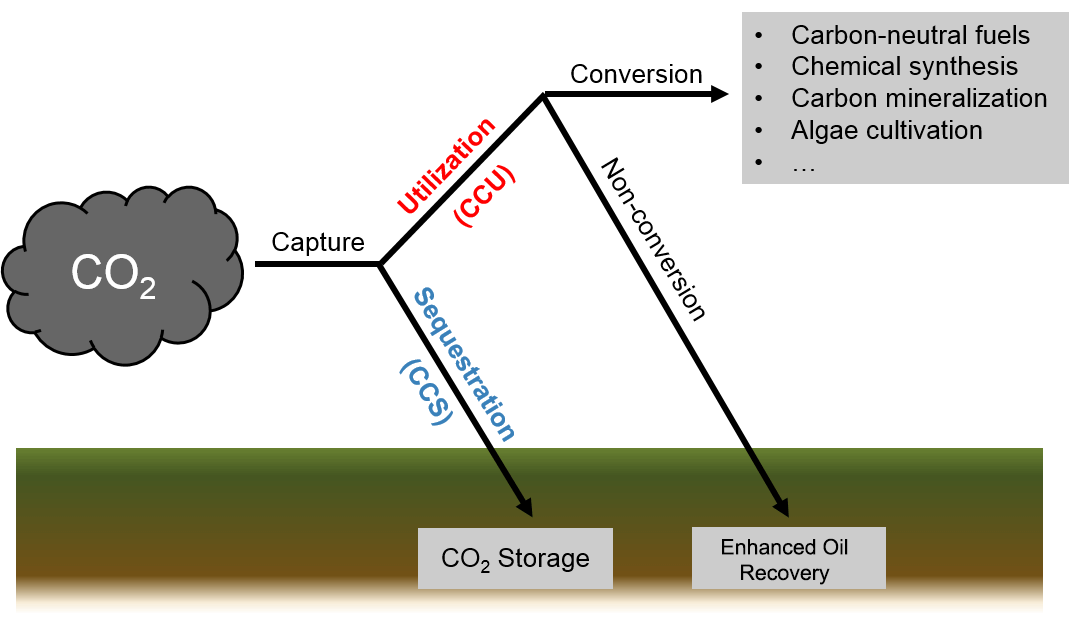
CCUS technologies provide a means of removing CO2 from the atmosphere, i.e. “negative emissions”, to offset emissions from sectors where reaching zero emissions may not be economically or technically feasible. There are two principal approaches:
Bioenergy with carbon capture and storage, or BECCS, involves capturing and permanently storing CO2 from processes where biomass (which extracts CO2 from the atmosphere as it grows) is burned to generate energy. A power station fuelled with biomass and equipped with CCUS is a type of BECCS technology, as are facilities that process biomass into biofuels, if the resulting CO2 is captured and stored.
Direct air capture (DAC) involves the capture of CO2 directly from ambient air (as opposed to a point source). The CO2 can be used, for example as a climate-neutral CO2 feedstock in synthetic fuels, or it can be permanently stored for carbon removal.
These technology-based approaches for carbon removal can complement and supplement nature-based solutions, such as afforestation and reforestation.
(3) The EU’s emissions trading system (ETS)
The EU emissions trading system (EU ETS) is a cornerstone of the EU's policy to combat climate change and its key tool for reducing greenhouse gas emissions cost-effectively. It is the world's first major carbon market and remains the biggest one. As of April 2020, there were 23 emissions trading systems covering around 9% of global emissions.
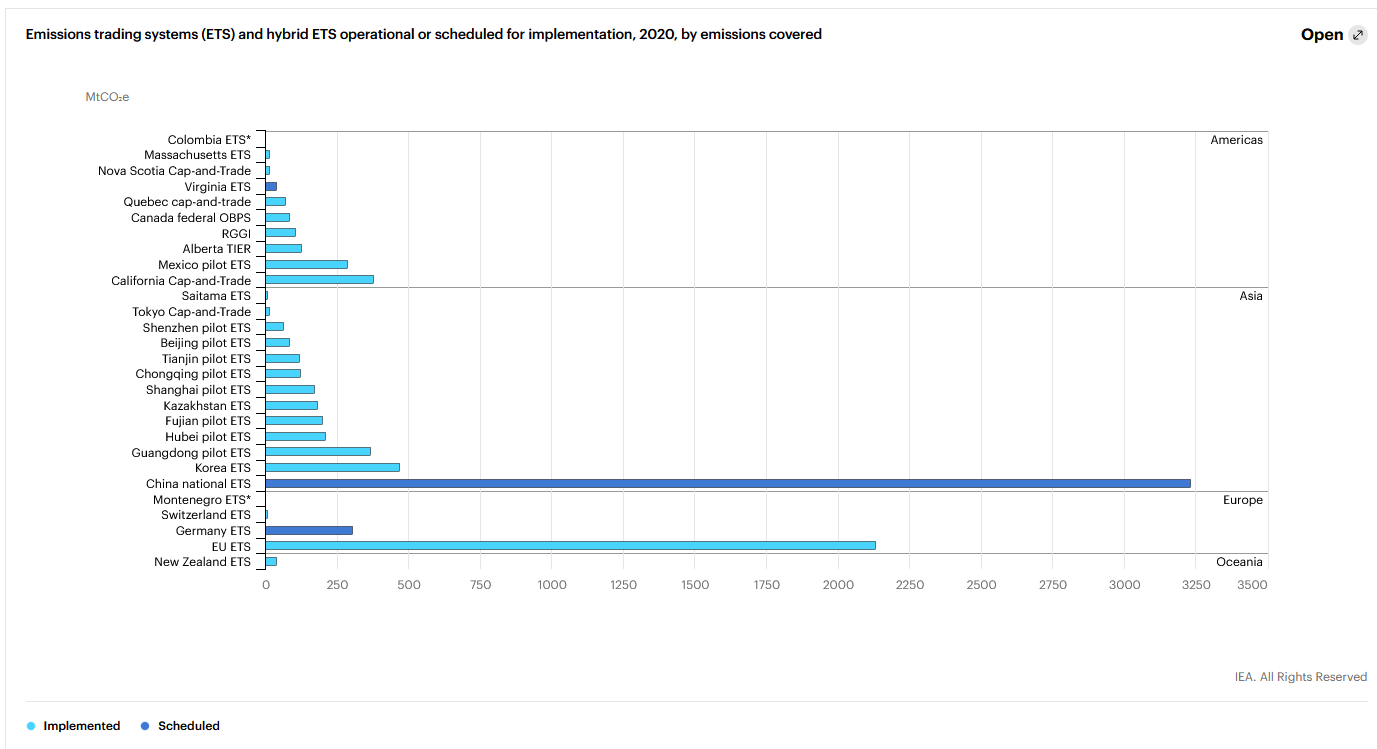
In addition, new emissions trading systems are being planned or considered by many jurisdictions around the world. Among these, the national emissions trading system of China announced at the end of 2017, already started operation in 2021, becoming the world’s largest carbon market. A national emissions trading system also launched in Germany this year, complements the EU ETS and covering heating and transport fuels. Trading brings flexibility that ensures emissions are cut where it costs least to do so. A robust carbon price also promotes investment in clean, low-carbon technologies. You will never regret investing in either a clean energy system or enterprise. And both AlphaESS meets your need properly.
Nine years ago, AlphaESS has taken decisive action to develop the business of the energy storage industry. This prospective far-sighted action makes AlphaESS the ones that reap the economic benefits of the clean energy boom that’s coming.
-

 Harnessing the Power of VPP and FCAS with AlphaESS
Harnessing the Power of VPP and FCAS with AlphaESS2024-07-26
-

 Understanding PV-BESS Coupling Methods: How to Choose the Best System for Your Needs
Understanding PV-BESS Coupling Methods: How to Choose the Best System for Your Needs2024-07-23
-

 Unlocking Energy Independence with AlphaESS: Maximize Self-Consumption and Self-Sufficiency with Advanced Solar Solutions
Unlocking Energy Independence with AlphaESS: Maximize Self-Consumption and Self-Sufficiency with Advanced Solar Solutions2024-07-19
-

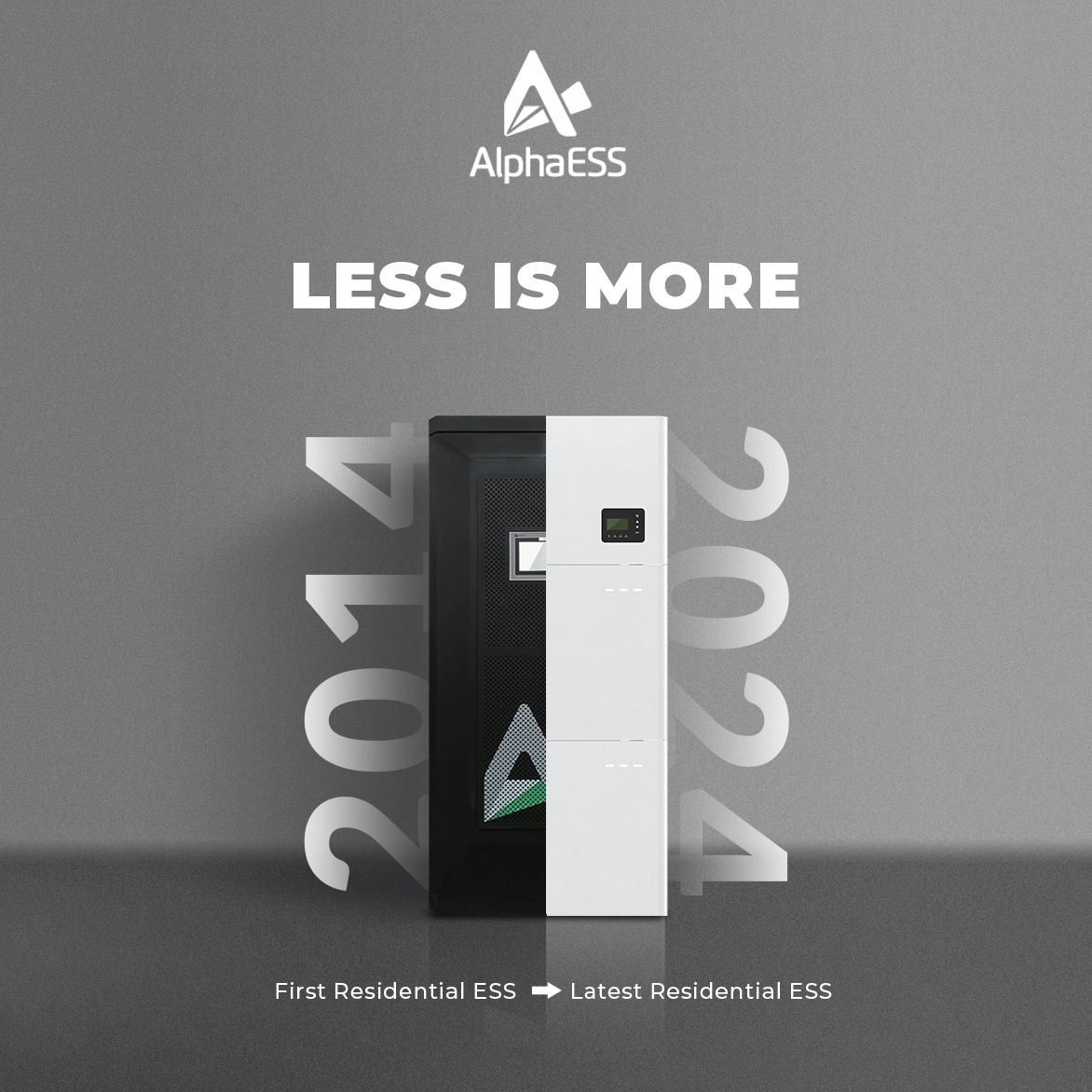 AlphaESS Product Evolution Story
AlphaESS Product Evolution Story2024-04-02



